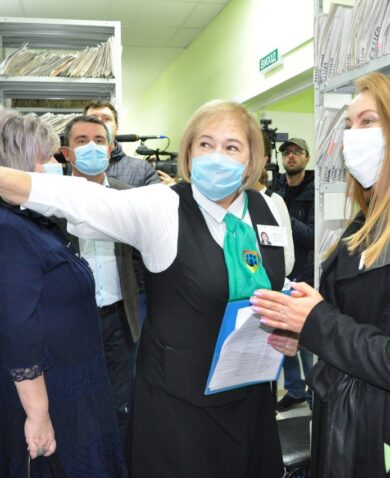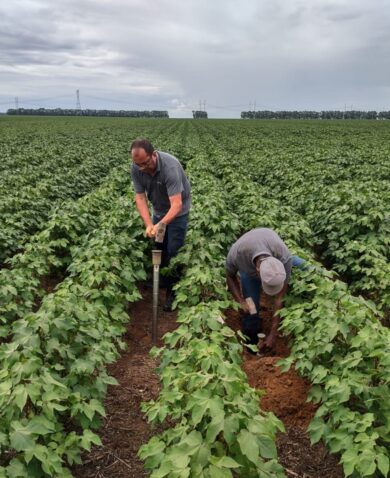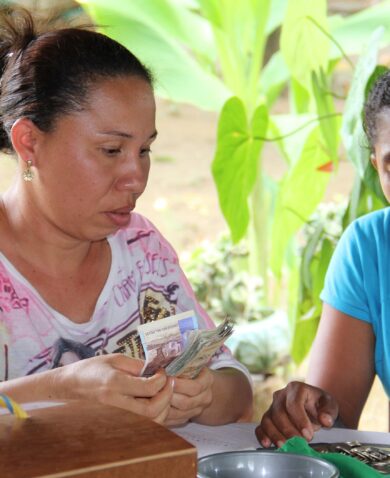
Tracking Distortions Versus Designing for Disruption
November 1, 2018 | 2 Minute ReadHumanitarian professionals track market distortions to try to mitigate their effects. Meanwhile, development practitioners have been known to design market disruptions to innovate. But, whether you’re tracking distortions or designing for disruptions, monitoring and evaluation are crucial.
This post originally appeared on the SEEP Network.
What is the difference between a market distortion and a market disruption, and do we need to track data differently in these contexts? These are the fundamental questions that panelists at the 2018 SEEP Annual Conference session, M&E for Markets: Building Evidence, Tracking Distortions, and Measuring Success tried to answer. In a room split between development and humanitarian professionals, it was clear that while these concepts sound similar, we treat them very differently in the field. Ultimately this session shed light on two very different approaches to understand markets and gather market-evidence for program implementation.
Tracking Distortions
For humanitarian professionals, market disruptions and distortions are most often defined as external shocks that distort and sometimes cause markets to no longer function properly. When markets are distorted, prices can rapidly fluctuate, goods become limited or scarce, and the poor and vulnerable can suffer.
For those working in the humanitarian sector, working with some of the most vulnerable populations, particularly in fragile environments, tracking these distortions is essential. At the same time, few humanitarian professionals are trained as economists and many work in data-poor environments with limited resources. So, what are humanitarian professionals to do?
Catholic Relief Services and representatives from the Local Regional Procurement Learning Alliance initially designed MARKit: Price Monitoring, Analysis and Response Kit to guide food assistance practitioners through the steps to monitor markets during the implementation of food assistance programs, and to ensure that programs remain responsive to changing market conditions and do not negatively impact the markets in which they work. As Dina Brick, the senior technical advisor from Catholic Relief Services on Food Security and Markets explained, the tool is continuing to evolve to meet the needs of humanitarian assistance professionals and to reflect our growing understanding of how markets operate … Read the full article on the SEEP Network.
Posts on the Chemonics blog represent the views of the authors and do not necessarily represent the views of Chemonics.







































